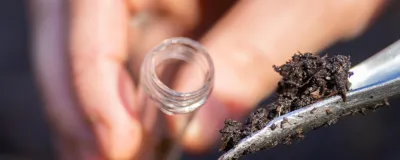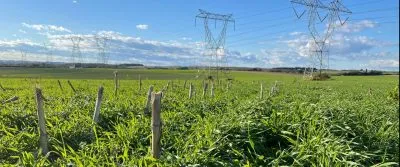Checklist: Corn Harvest Preparations
Before corn silage harvest starts, what can we do ahead of time to prepare? Get some tips in the following article.

Farmers should check their harvest equipment carefully before corn harvest starts. This includes applicators and machinery such as harvesters, wagons, packers etc. It is better to find out issues and fix them before harvest starts than to wait and the crop quality is compromised due to delays in harvest.
Here is a small check-list for the machinery:
-
Do a pre-check that everything is in working condition including
- Overall regular preventative maintenance is up to date
- Check headers – replace/sharpen knives
- Check feed rollers and processors
- Inspect driveline and tires
-
Adjust equipment for Theoretical Length of Cut and kernel processing
- TLC recommendations
- W/out processor = 3/8 in
- w/processor = ¾ in
- Processor
- Set roll gap to between 0.08” and 0.12” (2-3 mm)
- TLC recommendations
Also check your applicator prior to harvest:
- Thoroughly sanitize and rinse
- Calibrate system
- Replace tubes, filters, nozzles etc.
- Set up a protocol for inoculant
- Who oversees mixing inoculant, refilling, and monitoring applicators?
If you keep these tips in mind, little can go wrong. Don’t forget to use the right silage additive.
You might also read our article about packing density as a key to optimal ensiling.


